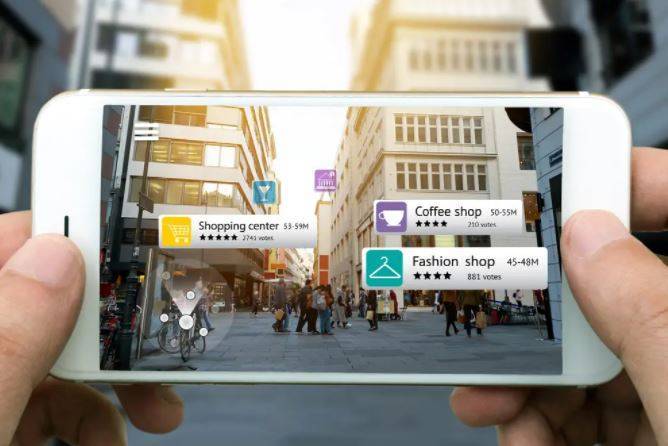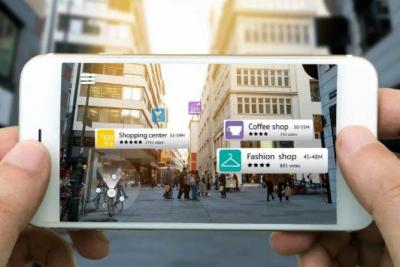Snapchat has published a new report on the potential impact of branded augmented reality tools on shopping behavior, and how augmented reality tools can change the e-commerce process in several ways. The report, conducted in partnership with Publicis Media, includes responses from over 1,000 individuals aged between 13 and 49 from four markets (the United States, the United Kingdom, France, and Saudi Arabia), which were then matched with industry insights and feedback from users who have utilized augmented reality tools in their shopping experience.
There are several interesting data observations, and here is a summary of the main points: Snapchat notes that the use of augmented reality is on the rise and seems poised to have an increasingly significant influence in the future. The study also found that among those who use augmented reality, more than half are actively seeking augmented reality experiences, with most of this search activity coming through camera tools via digital platforms like Snapchat. Interacting with these branded augmented reality experiences also boosts purchase intent, as 2 out of 3 consumers who used branded augmented reality tools for shopping agreed they were more likely to buy after experiencing the branded augmented reality.
As more platforms add augmented reality experience tools for a broader range of products, the opportunity to capitalize on this is increasing by providing more companies with various ways to adapt to these emerging trends and enhance product awareness and in-app responses. The key to these tools lies in ensuring that the branded augmented reality experience also reflects real-world experiences, and brands still need to leverage a certain level of augmented reality expertise to maximize these efforts.
This may render augmented reality experience tools out of reach for many, but newer augmented reality tools, such as shoe experience lenses and garment overlays, still offer guided insights to assist in the purchasing process. Snapchat's research indicates that augmented reality tools can impact different stages of the buying journey. With Facebook developing new wearable augmented reality devices and the growing interest in e-commerce, this has led to more innovation in augmented reality, and the technology is now more focused, as users look for more functional uses of digital overlays and tools that can enhance their daily experiences.
While the platform may lose strength against larger players with more resources to fully develop augmented reality, it is also working on developing Spectacles that support augmented reality and leverage lessons from previous versions of Spectacles to drive transformation in augmented reality.




